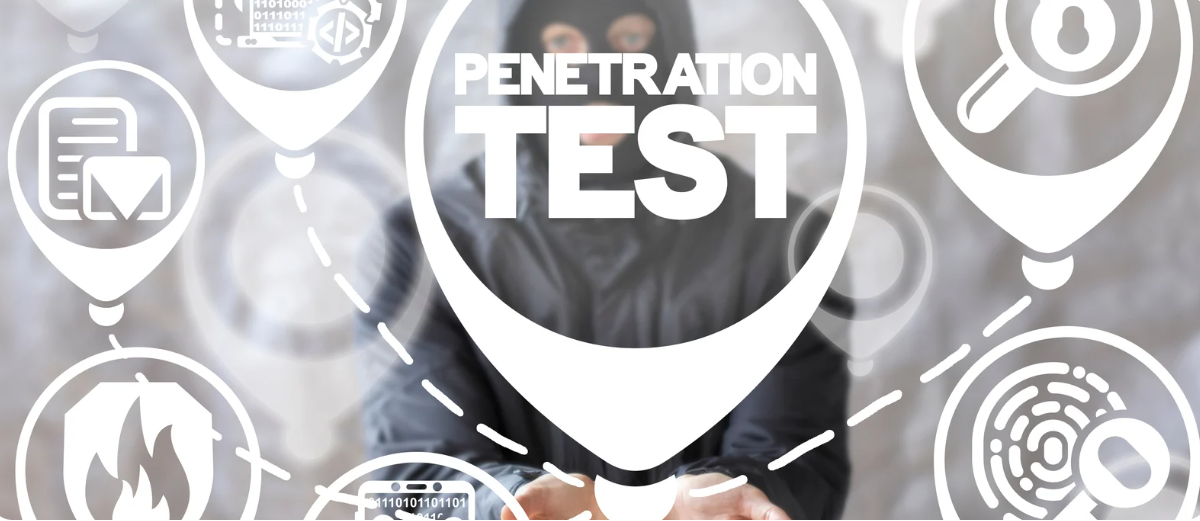Overcoming Modern BCDR Challenges

The modern business environment is both exciting and demanding. With rapidly advancing technologies, persistent cyberthreats, and increasing operational complexities, ensuring business continuity and data protection has become more challenging than ever. To address these challenges, organizations need solutions that go beyond traditional backups, incorporating advanced strategies for disaster recovery and ransomware protection.
This article explores the evolving threat landscape, its implications for 2025 and beyond, and how your organization can strengthen its resilience.
Evolving Cyberattack Strategies
In 2024, ransomware attacks remained the most prevalent and damaging threat, impacting nearly half of businesses. Attackers shifted tactics to focus on user-based approaches, such as session hijacking and bypassing multifactor authentication through social engineering techniques. These changes highlight the need for businesses to adapt their cybersecurity strategies to protect sensitive data and user identities effectively.
Complex IT Infrastructures
The growing adoption of hybrid and multicloud environments introduces new challenges. Differences in security protocols and gaps in integration across on-premises and cloud systems create vulnerabilities. Organizations must establish consistent policies and gain full visibility into their IT ecosystems to reduce risk.
Meeting Tight Recovery Objectives
Disruptive incidents, such as cyberattacks or natural disasters, demand quick recovery times to avoid significant data loss and operational downtime. Legacy backup methods often lack the scalability and speed needed to meet modern recovery time objectives (RTOs) and recovery point objectives (RPOs). Advanced solutions emphasizing automation, real-time replication, and regular testing are essential to minimize downtime and ensure operational continuity.
Adopting a Proactive Approach to BCDR
In today's dynamic environment, traditional business continuity and disaster recovery (BCDR) methods fall short. Organizations must shift from reactive backups to proactive strategies that integrate automation and intelligence to identify risks, predict failures, and enhance resilience.
Automated Processes: Automation streamlines backup and recovery efforts, reducing the risk of errors.
Intelligent Systems: Advanced solutions can detect vulnerabilities, predict potential failures, and take preemptive actions.
Comprehensive Testing: Regular testing ensures backups are complete and recovery processes are reliable.
Unified Solutions for Complex Environments
A unified approach to backup and recovery is vital for managing diverse IT infrastructures. Centralized solutions enable organizations to monitor and manage data protection across data centers, endpoints, and cloud platforms seamlessly. Features such as instant recovery, virtual machine replication, and orchestrated failover minimize downtime and ensure resilience.
Building Resilience for 2025 and Beyond
The increasing sophistication of cyberattacks and the demand for uninterrupted operations make robust BCDR strategies indispensable. Organizations should look for solutions that provide:
Ransomware Detection: Early identification of suspicious activity to prevent data loss.
Air-Gapped Backups: Isolated copies of critical data ensure secure recovery even during ransomware attacks.
Immutability: Modernized backup strategies, such as the 3-2-1-1-0 rule, ensure zero doubt in recovery readiness.
Conclusion
In 2025, businesses must adapt to a rapidly evolving threat landscape. Partnering with Interware Systems ensures your organization is equipped with tailored cybersecurity strategies and advanced BCDR solutions. Together, we can safeguard your digital assets, minimize downtime, and build a resilient future.





























